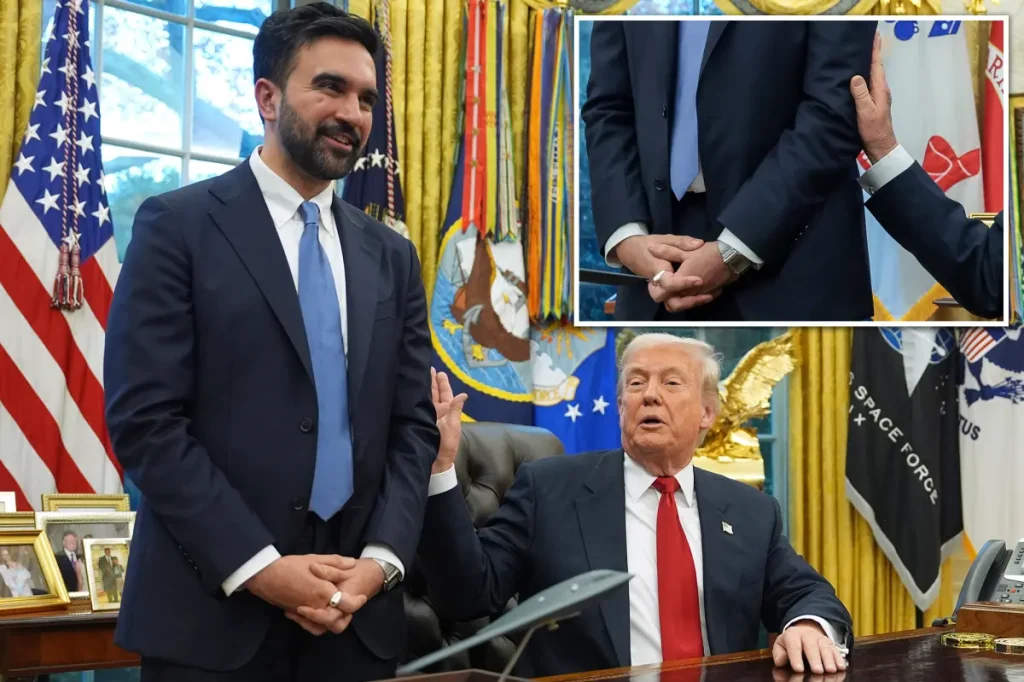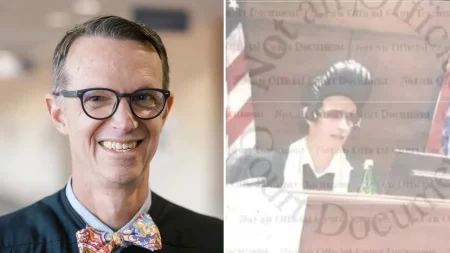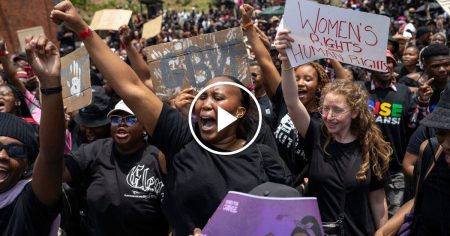From Foes to Friends: Trump and Mamdani’s Surprising White House Meeting
In a remarkable display of political reconciliation, President Donald Trump and New York City Mayor-elect Zohran Mamdani’s first White House meeting on Friday presented a stark contrast to their previously contentious relationship. What began as a potentially tense encounter between political opponents transformed into what body language expert Dr. Carole Lieberman described as an unexpectedly “giddy” interaction, almost resembling a “love fest.” The 30-minute press conference following their private conversation revealed a seemingly cordial rapport between the 79-year-old president and the 34-year-old incoming mayor, surprising observers who had witnessed months of harsh rhetoric between the two. This dramatic shift in tone showcased how political relationships can evolve when personal interactions replace public posturing, offering a glimpse into the complex human dynamics that often operate beneath the surface of American politics.
The body language displayed during their joint press conference told a story of its own, with Mamdani standing with hands clasped “like a little school boy” according to Dr. Lieberman, projecting an image of deference and respect. Trump, meanwhile, appeared relaxed at the Resolute Desk, frequently reaching out to tap Mamdani’s hand or engage in handshakes—subtle dominance displays that Dr. Lieberman interpreted as Trump ensuring everyone understood “he is the one in control.” Despite these power dynamics, both men appeared genuinely pleased with their interaction, smiling and engaging with each other throughout the media appearance. The visual cues suggested a mutual recognition that, despite their significant political differences and past animosity, they had found some common ground during their private conversation, particularly around the issue of affordability for New York City residents.
The meeting marked a dramatic departure from the harsh rhetoric that had characterized their previous public comments about each other. Trump had previously dismissed Mamdani as a “100% Communist Lunatic,” while Mamdani had labeled Trump a “despot”—language reflecting the deep ideological divide between the conservative Republican president and the progressive Democratic mayor-elect. Yet in the Oval Office, this antagonism appeared to dissolve, at least temporarily, as Trump praised Mamdani as “a very rational person” who “really wants to see New York be great again,” borrowing language reminiscent of his own campaign slogan. The president even went so far as to offer his support, saying “I’ll be cheering for him”—a statement that would have seemed unimaginable given their prior exchanges and representing a significant public endorsement from a figure whose opinion carries substantial weight with his political base.
Mamdani, for his part, appeared equally conciliatory, expressing that he “enjoyed our conversation” and looked forward to “working together to deliver that affordability for New Yorkers.” This focus on affordability suggests that their discussion centered on practical governance concerns rather than ideological differences, highlighting how shared goals can sometimes transcend partisan divides. The mayor-elect’s demeanor throughout the press conference reflected a pragmatic approach to his new relationship with the president, recognizing that effective governance of America’s largest city often requires working across political lines and engaging with federal leadership regardless of party affiliation. His willingness to meet with a president he had previously criticized so harshly demonstrates the political maturity often required when transitioning from campaigning to governing, where ideological purity sometimes must yield to practical cooperation.
The unexpected warmth between Trump and Mamdani offers a window into how political relationships can evolve behind closed doors, away from the performative nature of public political discourse. The private conversation that preceded their press appearance apparently created enough common ground to transform their interaction from potentially hostile to surprisingly friendly. This transformation speaks to the human element that underlies political relationships—the ability to find connection when engaging directly with someone previously viewed only through the lens of partisan rhetoric. While neither man elaborated extensively on the specific content of their discussion beyond mentioning affordability issues, the change in tone suggests they may have discovered shared priorities or at least a mutual respect that hadn’t been evident in their prior public exchanges.
This meeting between Trump and Mamdani ultimately serves as a reminder of the complexities of American political life, where public antagonism can sometimes give way to private cooperation when governance demands it. While their newfound cordiality may not represent a permanent alignment of their political viewpoints—indeed, fundamental ideological differences likely remain—their ability to engage constructively despite these differences models a form of political behavior that has become increasingly rare in America’s polarized landscape. Whether this meeting represents a genuine transformation in their relationship or simply a momentary political calculation by both men remains to be seen, but the imagery of the conservative president and progressive mayor-elect finding common ground offers a glimpse of how political leadership might function when partisan hostility is set aside in favor of pragmatic engagement on issues affecting citizens’ daily lives.











